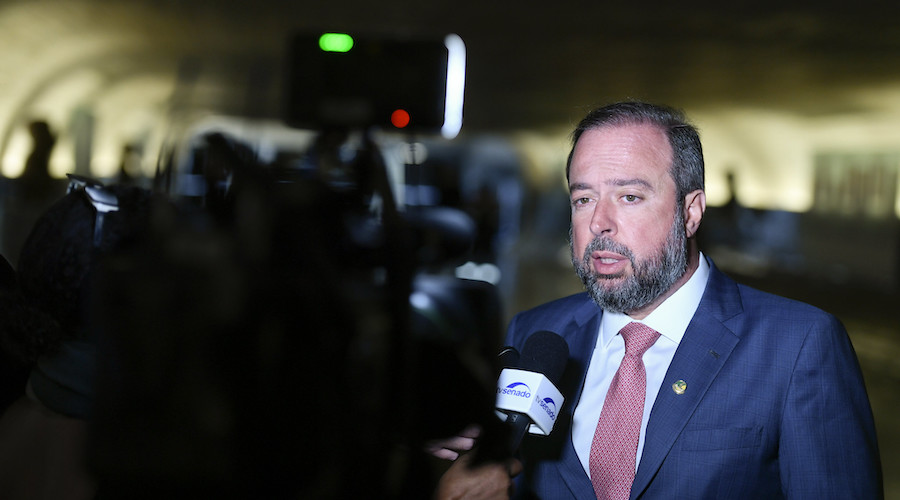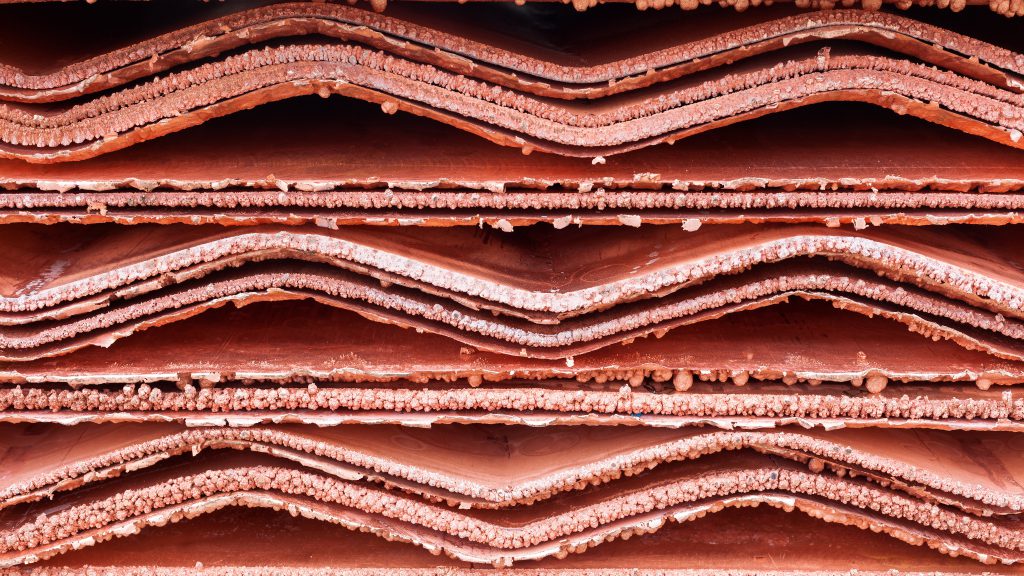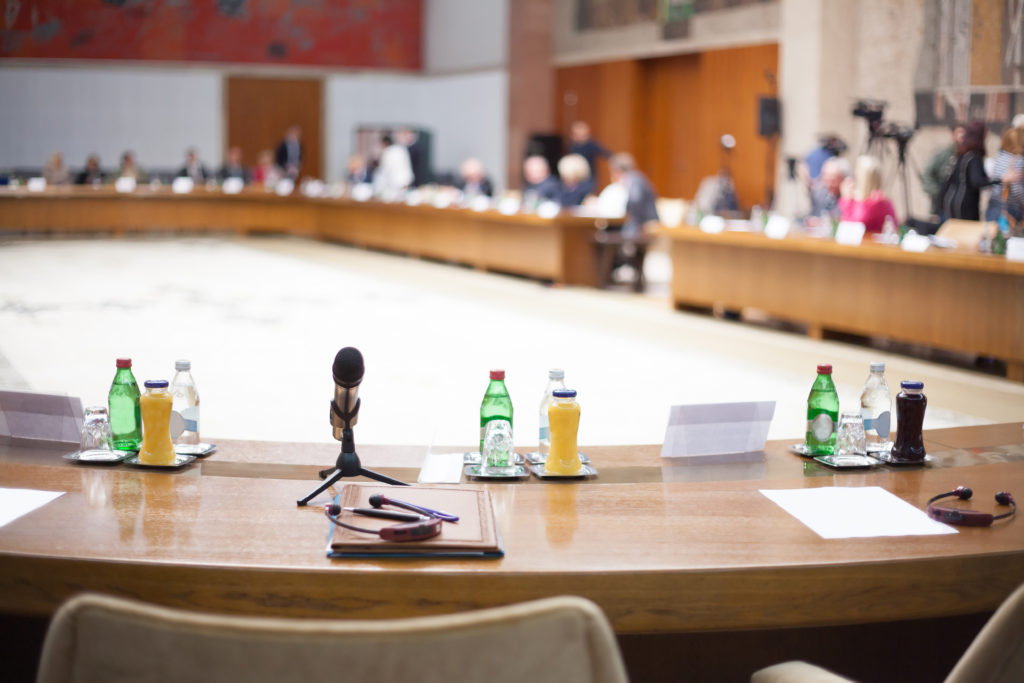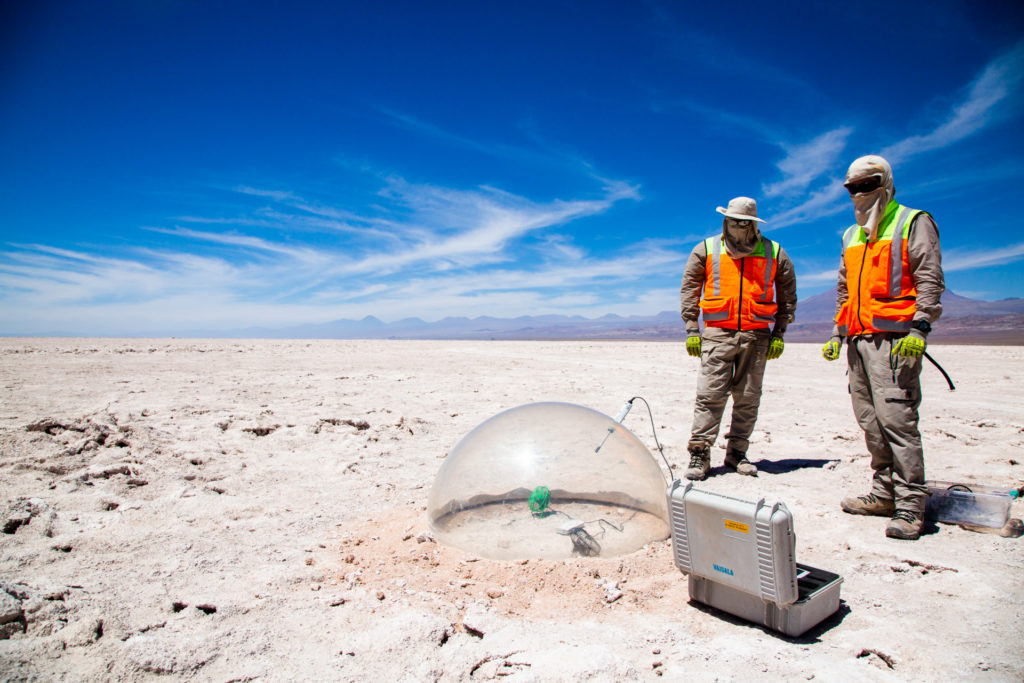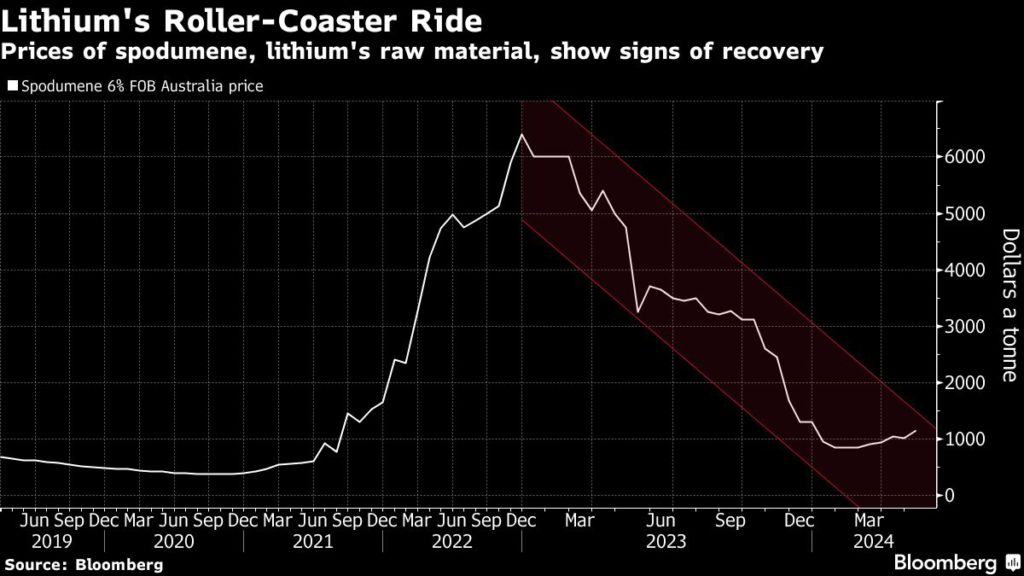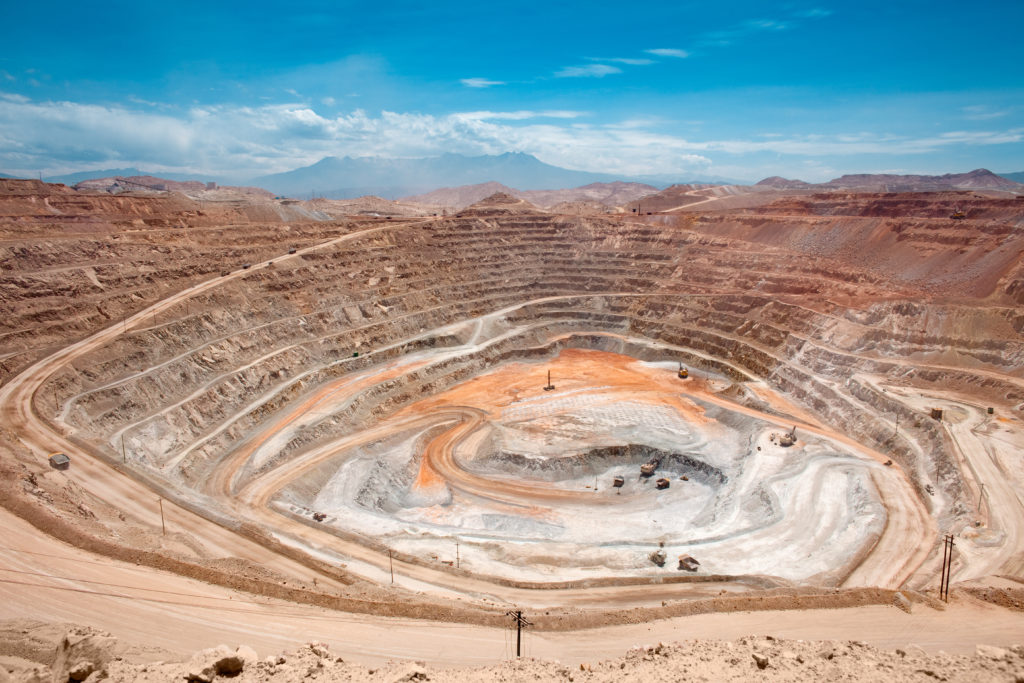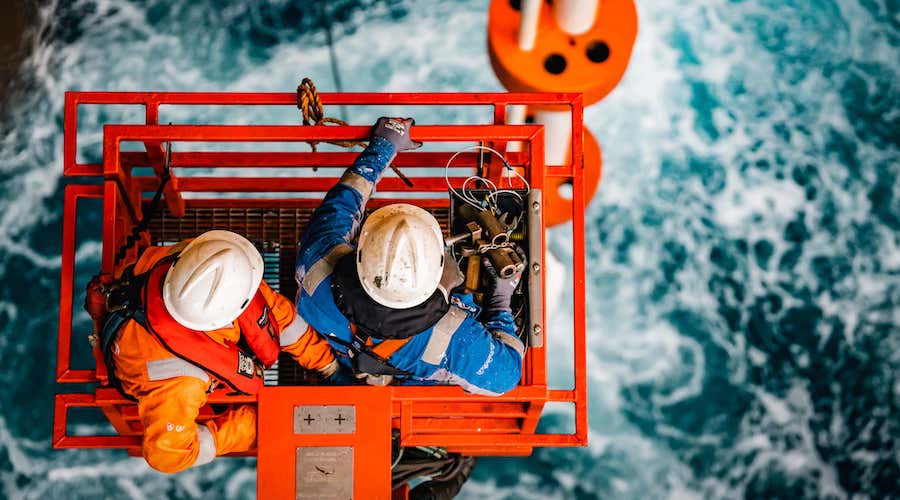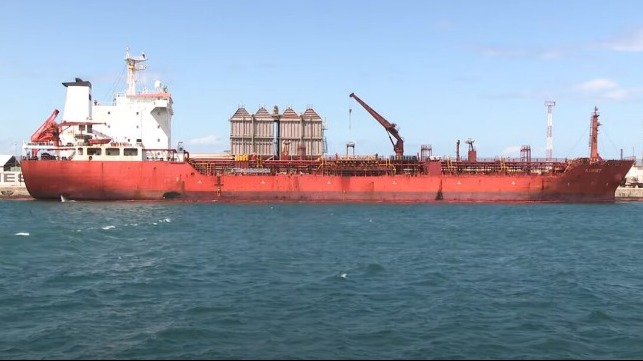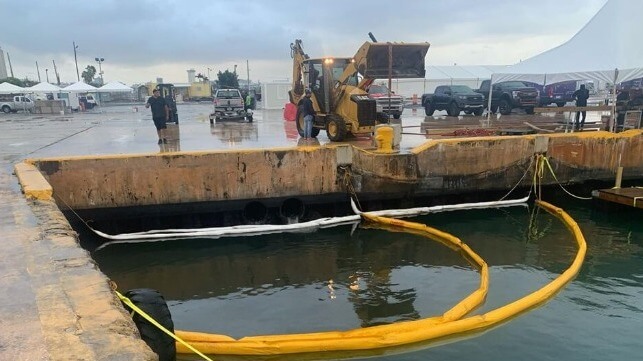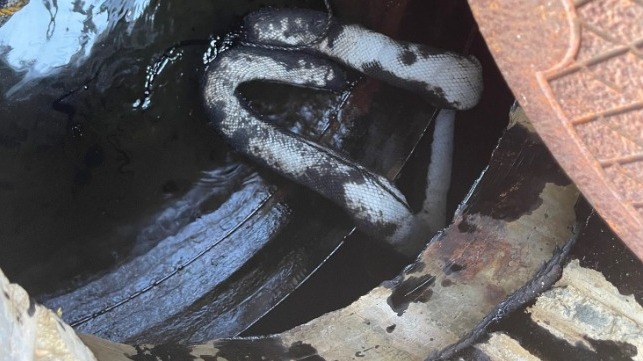The Climate Damages Tax proposal suggests taxing fossil fuel companies in OECD countries to raise funds for climate finance, potentially generating $900 billion by 2030.
The funds could contribute to the Loss and Damage Fund, supporting countries most affected by climate change, and aid communities in richer countries in transitioning to green energy.
The first board meeting for the Loss and Damage Fund is scheduled, but criticism arises over participation restrictions and delays in establishing the board.
Imposing a tax on big fossil fuel companies could boost climate finance by up to $900 billion by the end of the decade. The International Energy Agency (IEA) has repeatedly emphasized the need for higher levels of climate funding to meet global climate goals and achieve a green transition, but finding this money is not so easy. A recent report has potentially identified a way to raise funds to develop the renewable energy capacity of low-income nations, thereby helping the global green transition.
A new Climate Damages Tax report, published in April by the organization Stamp Out Poverty, suggests that taxing major fossil fuel companies based in some of the world’s richest countries could help raise billions of dollars in funding to tackle the effects of climate change and support the development of renewable energy projects in low-income countries around the globe. Levying a tax on firms in the wealthiest Organisation for Economic Co-operation and Development (OECD) countries could provide as much as $720 billion in climate funding by 2030.
The report shows that the tax could be established within existing tax systems. A rate of $5 per tonne of CO2 starting this year in OECD countries and increasing by $5 a tonne each year would provide $900 billion in funding by 2030. The authors suggest that $720 billion of this could be used to contribute to the Loss and Damage Fund, to support countries most affected by climate change. The remaining funds could be used to help communities in richer countries to undergo a green transition in line with national aims.
Several organizations support the aims of the report, including Greenpeace, Stamp Out Poverty, Power Shift Africa, and Christian Aid. The joint director at Greenpeace U.K., Areeba Hamid, explained “We need concerted global leadership to force the fossil fuel industry to stop drilling and start paying for the damage they are causing around the world. A climate damages tax would be a powerful tool to help achieve both aims: unlocking hundreds of billions of funding for those at the sharp end of the climate crisis while helping accelerate a rapid and just transition away from fossil fuels around the world.”
The Loss and Damage Fund was introduced at the COP28 climate summit in Dubai last year, following years of pressure from low-income countries to develop a fund to help alleviate the burden of climate threats on the developing world. Around 200 countries supported the creation of the fund. Many states across the developing world are highly vulnerable to the effects of climate change and do not have the means to tackle climate change or develop their renewable energy capacity to support a green transition. The fund was established to help countries around the world to combat climate change. Representatives from 24 countries must now decide what form the fund should take, which countries should contribute, and where and how the money should be distributed.
The first board meeting for the Loss and Damage Fund is set to take place in Abu Dhabi next week, where the board will select a host for the fund – expected to be the World Bank – as well as discuss other specifics. There have been several delays in establishing a board for the fund, with the first meeting being pushed from January to May, which has attracted criticism over the lack of action.
There has been further criticism over the participation restrictions to the inaugural meeting. Amnesty International’s Climate Advisor Ann Harrison stated, “Amnesty International and other climate justice organizations are deeply concerned about restrictions imposed on the participation of civil society organizations at the first board meeting of the Loss and Damage Fund.” Harrison added, “This inaugural meeting should set a precedent by enhancing and welcoming the participation of civil society, not severely limiting its involvement. Full involvement of civil society would help reflect the views of the often diverse and marginalized communities whose rights are most affected by the climate crisis.”
The Paris Agreement states that richer countries have a greater responsibility to tackle climate change as they have historically been the biggest carbon emitters. High-income countries participating in the COP summits have repeatedly stated their dedication to raising funds to support a global (rather than just a local) green transition, by contributing to the development of renewable energy capacity in low-income nations and supporting them in their fight against climate change. However, to date, little has been done to raise these funds and develop new projects. Raising money through the introduction of a tax on oil and gas producers in rich, high-polluting countries, such as the U.S., the U.K., Japan, Spain, and Canada, could help raise funds for developing countries, as well as attract greater investment in the Fund.
By Felicity Bradstock for Oilprice.com
